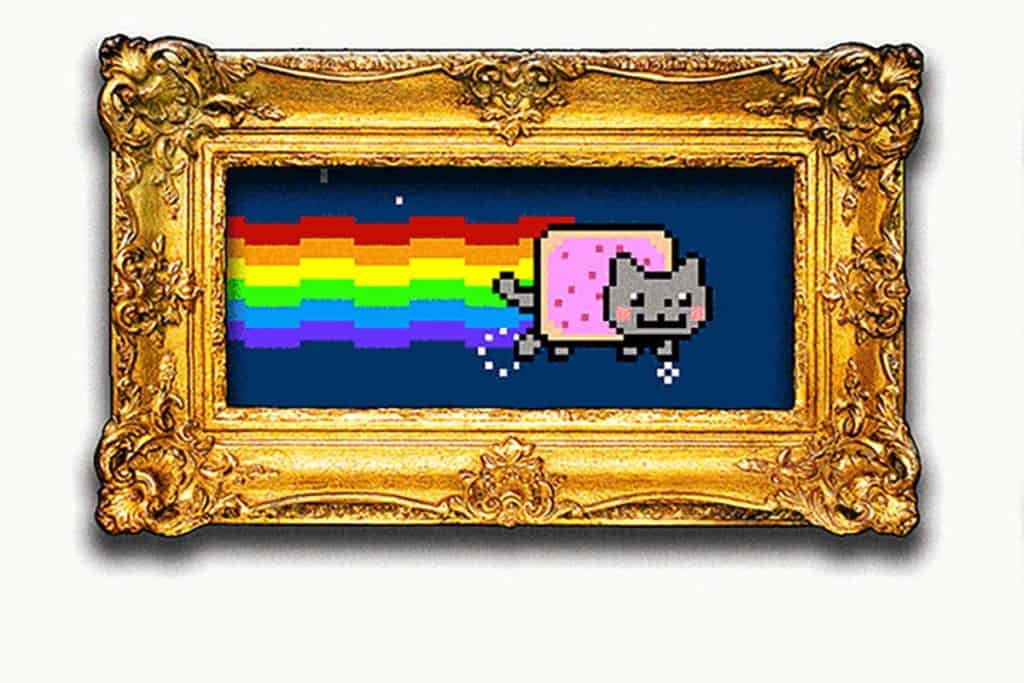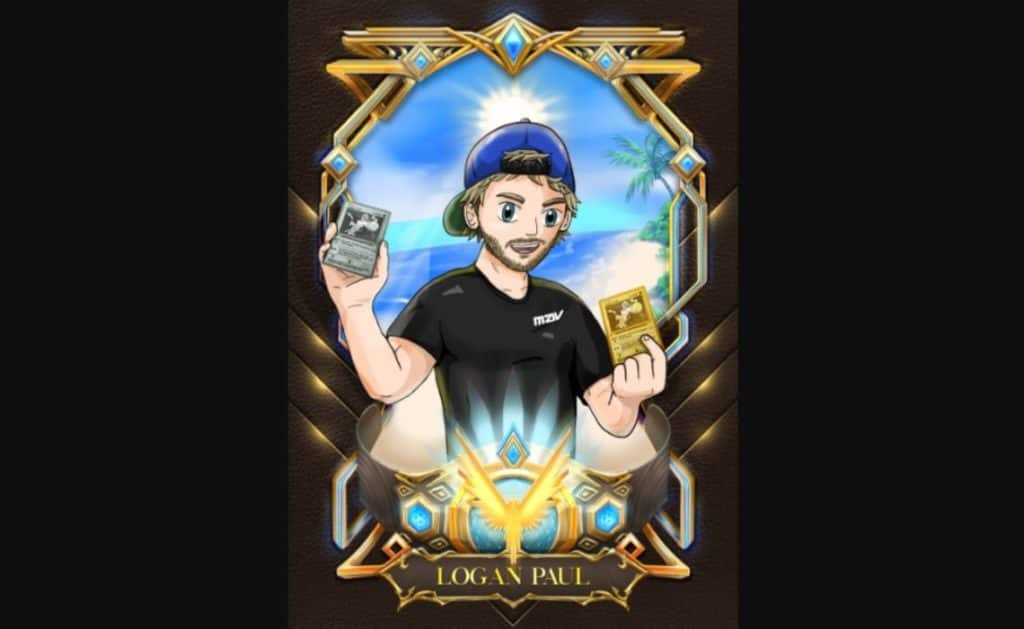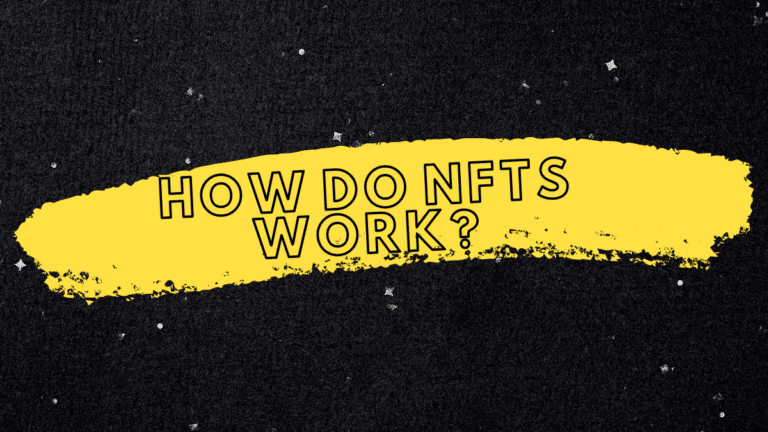If you are into cryptocurrency, alternative assets, or digital art you have probably heard of the recent phenomenon NFT. An NFT, nonfungible token, is a digital certificate that shows who has ownership of a digital asset.
Now, if you’re not tech-savvy, you may have read that sentence and still have absolutely no clue what an NFT is. Luckily, this post will explain exactly what an NFT is, how they work, and why you should start looking into them.
What Is An NFT

In its simplest terms, an NFT is an entry on a blockchain. Yes, blockchain, the same decentralized digital ledger that is used for all cryptocurrencies like Bitcoin. However, unlike Bitcoin, which is fungible, an NFT isn’t.
What does it mean if something is fungible? A fungible item is able to be replaced by another item of the same type. For instance, there is no difference from one Bitcoin to another. If I give you one of my Bitcoins and you give me one of yours, nothing has changed. This is because all Bitcoins are worth the same amount, making them fungible.
An NFT is a token that is nonfungible. This means you cannot just trade one for another. For example, an NFT could represent anything from a video of Lebron James dunking a basketball to a funny cat photo. Each NFT is unique to the asset that it represents.
How Are NFTs Changing The Digital Asset Space
Since all NFTs are unique and stored on the blockchain, they’re extremely authentic. This is especially important considering that NFTs represent ownership of a digital asset.
Why do you think the Mona Lisa costs around 150 million dollars? Yes, the painting does have an inherent appeal and was created by one of the greatest artists of all time. But another reason why it’s so expensive is that it is unique. It is hard to mimic an original Mona Lisa painting.
However, it is very easy to mimic a picture of the Mona Lisa. All digital files and photos can be copied and altered indefinitely. If you can keep creating a copy of something, it degrades its value of it. This is why whenever an economy prints more money, the value of its currency goes down. The more of something available, the less value it has.
Imagine if you had an original video of Michael Jordan dunking from the free-throw line at the slam dunk contest in 1988. Now, imagine you want to sell that video to a prospective buyer. You would first want to prove that the video you are selling is indeed the original video and not a copy of the original.
NFT And The Blockchain
This is where a nonfungible token would come into play. With an NFT, you can now authenticate that this is the original digital file of this video.
Once you authenticate the video through an NFT, you get sole ownership of the video that you can sell to a buyer. Once exchanged on the blockchain, the buyer would get your token, proving that they now possess the original video.
The blockchain is the true moving force behind NFTs. Using a blockchain, all payments and transactions are verified without using a third party like a bank or payment provider. This allows investors to purchase NFTs without facing the risk of trusting an organization to handle the transaction.
After a transaction occurs on its registered blockchain, it is extremely difficult to remove or change it. Also, since every transaction is tracked and permanently recorded, you can see all recent transactions that took place on your NFT before you purchase it.
Why Did NFTs Get Started
NFTs originally got started because of the want to sell art digitally. Artists have always struggled to monetize their artwork. In the past, most artists would have to go to an auction house or gallery to sell their artwork.
The issue with this is you can only be exposed to art collectors that do business with that particular auction house or gallery. Even if you are lucky enough to have an investor purchase your art, the gallery or auction house would take a cut of your earnings.
NFTs change all of this. With an NFT, you can list your art on a digital marketplace for crypto collectibles and immediately have your art exposed to an infinite amount of global investors. With an NFT, artists no longer have to worry about verifying the originality and ownership of their artwork as the NFT does that for them.
NFTs even make it possible to not just sell your art on a digital database but to also allow you to keep earning money as your artwork appreciates in value. Entities can be coded to allow the artist to collect money each time their art is traded. This is usually anywhere from 2.5% to 10% of the sale price.
Who Has Been Taking Advantage Of NFTs?

NFTs are not only for artists though. Anyone can sell an original digital asset as an NFT. For example, YouTube star Logan Paul sold his own NFT for 5 million dollars. It was a cartoon image of himself dressed up as a Pokemon trainer.
Marvel Comics is entering the NFT space as well. They sold a Spiderman NFT for 12.75 Ethereum. A roughly $25,000 deal at the time of the trade. The price of one Unisock, a token that entitles the owner to 1 real pair of limited edition socks, reached an all-time high of over $92,000 in March.
Why You Should Buy NFT
You should look at NFT the same way you should look at any investment. You buy it because you think it will appreciate in value.
For the past hundred years, unless you were part of the ultra-wealthy, you could really only buy stocks and bonds. Just over the past few decades commodity investing and real estate have also picked up in popularity.
However, with NFTs, you can buy virtually anything digital. You could invest in drawings, music, memes, you name it. Although a lot of the current excitement around NFTs is digital art, this category will only grow over time as people understand the application of NFTs.
Key Takeaways
Imagine if you could have acquired the original painting of The Starry Night By Vincent Van Gough. Or The Last Supper by Leonardo Divinci. You would be worth hundreds of millions of dollars right now.
The issue is A) you weren’t born during the Renaissance B) even if you were, there was no guarantee that you would have even heard or seen of their artwork until it was already acquired.
However, now with digital databases hosting a plethora of NFTs for purchase, it is easier to find and purchase the next million-dollar artwork while it’s still in its infancy. You can browse for NFTs and track historical market sales on websites like opensea.io and nonfungible.com.
The reality is that NFTs are here to stay and are already disrupting the collectibles market. It has even garnered interest from famous investors like Mark Cuban and Gary Vee.
The best thing you can do is keep an eye on this new phenomenon and try to pick up as many collectibles as you can that you think will appreciate in value over the long term.


